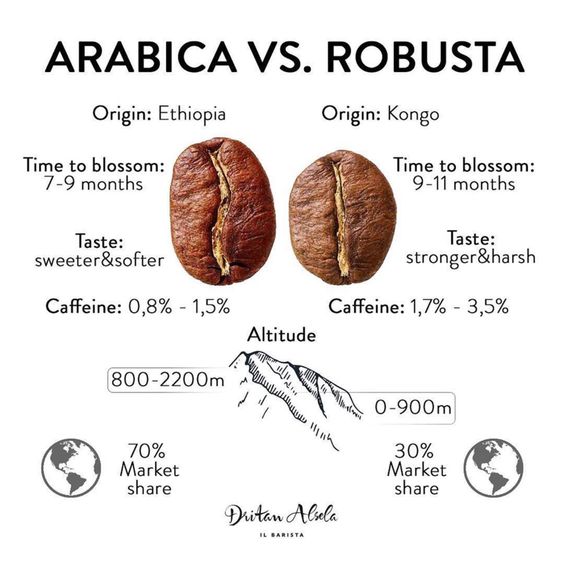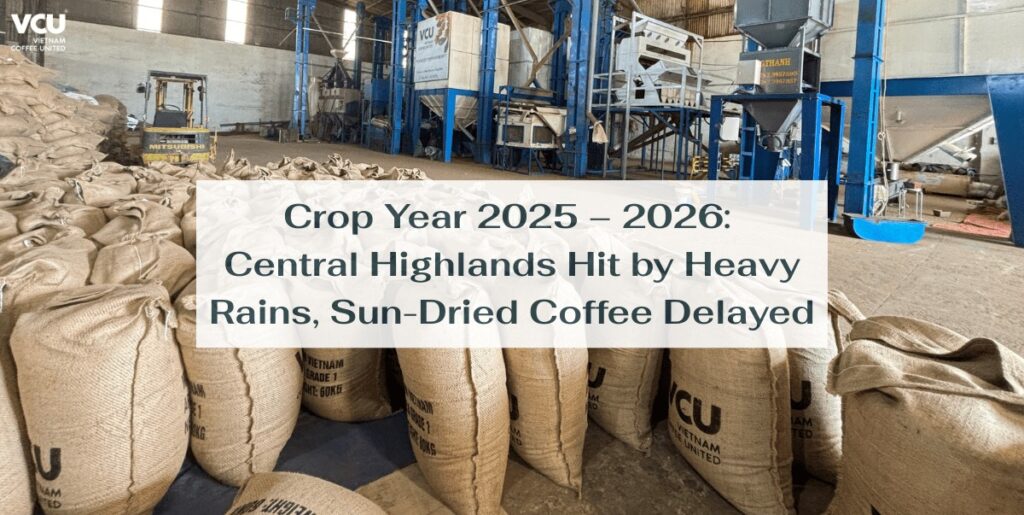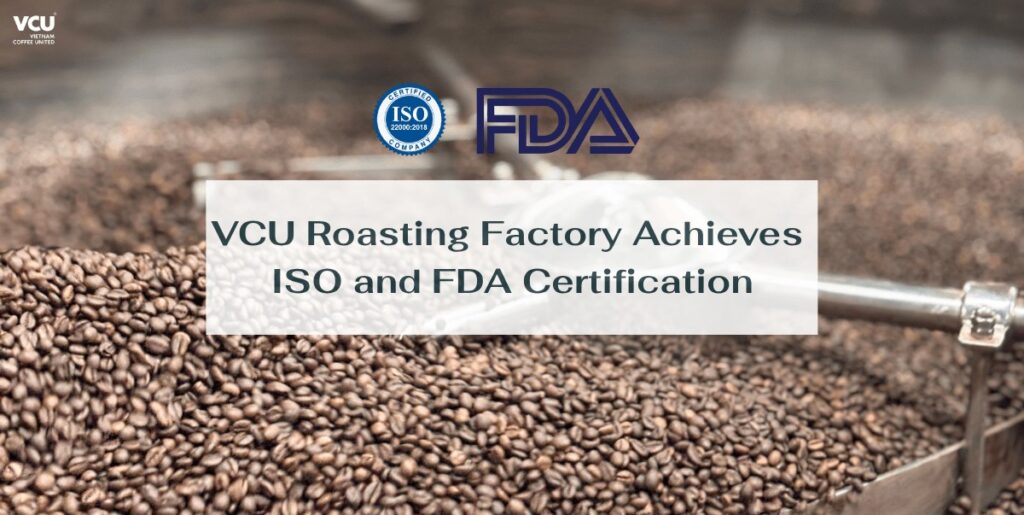Exploring Vietnamese Coffee Beans: Arabica and Robusta
Vietnam, the world’s second-largest coffee producer, is renowned for its rich coffee culture. Introduced by the French during the 19th century, coffee quickly became a cornerstone of Vietnamese life. From bustling street stalls to upscale cafés, coffee in Vietnam is more than just a drink – it’s a social experience.
What Makes Vietnamese Coffee Beans Unique?
Robusta Coffee Beans: The Backbone of Vietnam’s Coffee Industry
Vietnam is a leading producer of Robusta coffee beans (RoC), known for their strong flavor and high caffeine content. Unlike Arabica beans, Robusta thrives at lower altitudes and can withstand harsher growing conditions. This makes it the dominant variety in Vietnam’s coffee production.
Offer a bold, bitter taste with hints of chocolate and nuts, making them popular for traditional Vietnamese coffee drinks like cà phê sữa đá. The high caffeine content adds an extra kick, ideal for those who prefer a strong brew.
Arabica Coffee Beans: A Rising Star in Vietnam
While Robusta dominates the market, Arabica coffee beans (ArC) are gradually gaining popularity, especially in specialty coffee shops. Grown at higher elevations, offers a smoother, more aromatic flavor, are often favored by those who enjoy a milder and more refined coffee experience.
Varieties like Catimor, a hybrid of Arabica và Robusta, are becoming more popular in Vietnam. Catimor combines some of the outstanding characteristics of both types of seeds, creating a unique flavor profile that appeals to a wide range of coffee lovers.
Key Differences Between Arabica and Robusta Coffee Beans
Robusta
- Growing Conditions: Thrives in lower altitudes with high temperatures and low rainfall. It is more resistant to pests and diseases, making it easier to cultivate in Vietnam’s diverse climate.
- Flavor Profile: Known for its bold, bitter taste with nutty and chocolatey notes. The high caffeine content contributes to its strong flavor, which is often used in espresso blends.
- Caffeine Content: Contains higher levels of caffeine (2.2% to 2.7%), making it a stronger and more bitter coffee.
- Popularity in Vietnam: Widely used in traditional Vietnamese coffee drinks like cà phê sữa đá and cà phê phin. Its strong flavor pairs well with sweetened condensed milk.
Arabica
- Growing Conditions: Grown at higher elevations (600-2,000 meters) with cooler temperatures and more rainfall. The meticulous cultivation often results in a more delicate flavor.
- Flavor Profile: Offers a smoother and more aromatic flavor with hints of fruit and floral notes. Often favored by those who prefer a lighter and more complex cup of coffee.
- Caffeine Content: Lower in caffeine (1.2% to 1.5%), resulting in a milder and sweeter taste.
- Popularity in Vietnam: Although less common, But the beans are gradually gaining more attention, especially in specialty coffee shops and among younger consumers who appreciate high-quality brews.
Unique Vietnamese Coffee Varieties
Cherry Coffee: A Distinctive Vietnamese Coffee Variety
Also known as “jackfruit coffee,” Cherry coffee is not highly prized for its quality but is grown to protect Robusta plantations from wind. It has a mild sour taste reminiscent of cherry, adding to the diversity of Vietnam’s coffee offerings.
Weasel Coffee: The Most Expensive Vietnamese Coffee
Weasel coffee, known for its unique processing method, involves beans eaten and excreted by civet cats. This process enhances the coffee’s smoothness and richness, making it one of the most expensive and sought-after Vietnamese coffee varieties.
Conclusion
Whether you prefer the boldness of Robusta or the smoothness of Arabica, Vietnam’s coffee culture offers something for everyone. As the industry continues to evolve, both will play essential roles in shaping the future of Vietnamese coffee. From the bustling streets of Ho Chi Minh City to the tranquil highlands of Gia Lai, Dak Lak, Lam Dong, coffee remains a beloved part of Vietnamese life, and both will continue to be at the heart of this thriving culture.








